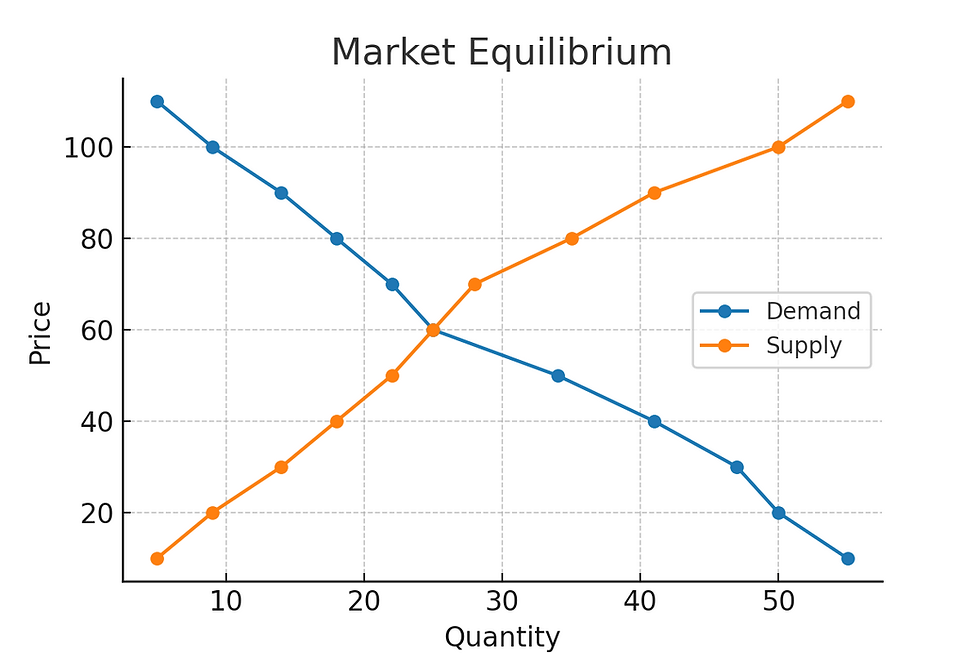CPC - Difference Between Summary Judgment and Summary Suit
- Artha Institute of Management
- Aug 22
- 2 min read
Difference Between Summary Judgment and Summary Suit
Aspect | Summary Judgment | Summary Suit |
Meaning | A court decision without full fledged trial if the judge finds no genuine issue of fact to be tried. | A special type of civil suit filed under Order XXXVII of the Code of Civil Procedure, for recovery of debt or liquidated money. |
Applicable To | Generally applied in civil/commercial cases where one party has no valid defence. | Applies only to specific cases like bills of exchange, promissory notes, cheques, or debts where liability is clear. |
Purpose | To avoid unnecessary trial and save time when facts are undisputed. | To ensure speedy recovery of money in clear debt cases. |
Process | Either party can apply for summary judgment; judge examines pleadings and evidence, and if no real dispute exists, judgment is passed. | Plaintiff files a summary suit → Defendant must seek leave (permission) to defend within 10 days. If not granted, decree is passed quickly. |
Scope | Broader – can apply to many civil cases (contracts, property disputes, commercial suits). | Narrower – limited to money claims based on written contracts, negotiable instruments, etc. |
Indian Context | Introduced in Commercial Courts Act, 2015 for commercial disputes. | Provided under Order 37 CPC for money recovery suits. |
Example
Summary Judgment: A company sues another for breach of contract; defendant admits liability but disputes irrelevant points. Court may directly pass judgment without full trial.
Summary Suit: A bank files a case to recover money based on a dishonoured cheque. Since liability is clear, the case proceeds as a summary suit under Order 37 CPC.
In short:
Summary Judgment = A decision without trial (no real dispute).
Summary Suit = A special fast-track procedure for debt/negotiable instrument recovery.



Comments